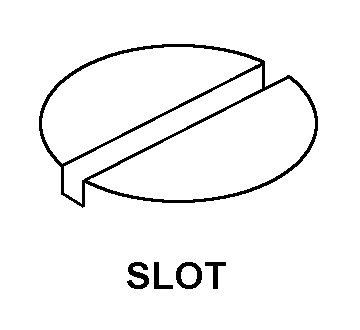5305004027879
Price Quote Get an up to date pricing and availability quote for this product. Order online or over the phone.
Quality Commitment
Serving our customers with quality and safety first.
- AS9120 Certified
- Audited supply chain
- ITAR Registered
- DDTC Registered
- HAZMAT Certified
- Customer service objectives
- Every product 100% inspected

5305-00-402-7879 Specification Set by the OEM (see RNCC code 3)
2a
RIGHT-Hand
0.089in. and 0.094in. ⁓3/32"
0.370in. and 0.380in. ⁓25/64"
pan no. 2
0.205in. and 0.219in.
0.058in. and 0.068in. ⁓5/64"
1
slot
0.112in. (UTS #4)
40
55000 pounds per square inch
40.0 rockwell c and 50.0 rockwell c
0.245in. and 0.255in.
flat external teeth
0.015in. and 0.019in.
steel or steel comp 1050 or steel comp 1551 or steel comp 1552 or steel comp 1053 or steel comp 1055 or steel comp 1060
QQ-S-633-Canceled fed spec 1st material response or QQ-W-409 fed spec 1st material response or QQ-S-633 fs fed spec 2nd material response or QQ-S-633 fs fed spec 3rd material response or QQ-S-633 fs fed spec 4th material response or QQ-S-633 fs fed spec 5th material response or QQ-S-633 fs fed spec 6th material response or QQ-S-633 fs fed spec 7th material response
nickel
QQ-N-290, class 6 type 2 fed spec single treatment response
unc
Cross Reference Parts Part numbers that meet the specification outlined on this page and set by the OEM
Identification Item Identification Guide (IIG) and Item Name Code (INC)


Definition Definition of approved item name (AIN): "SCREW,ASSEMBLED WASHER"
A screw, (as modified) to which has been assembled one or more nonremovable washer(s).
5305-00-402-7879 Material Hazmat, Precious Metals, Criticality, Enviroment, and ESD
Indicates there is no data in the hmirs and the nsn is in a fsc not generally suspected of containing hazardous materials.
Precious metal content is unknown
The item does not have a nuclear hardened feature or any other critical feature such as tolerance, fit restriction or application.
Identification Codes
HMIC: Hazardous Material Indicator Code. A one position code that identifies a hazardous item.
PMIC: Precious Metal Indicator Code. A one position code which identifies items that have precious metals as part of their content. precious metals are those metals generally considered to be uncommon, highly valuable, and relatively superior in certain properties such as resistance to corrosion and electrical conductivity.
ESD: Electrostatic Discharge. Indicates if an item is susceptible to electrostatic discharge or electromagnetic interference damage. electrostatic discharge damage occurs when an accumulation of static electricity generated by the relative motion or separation of materials is released to another item by direct contact. electromagnetic interference damage occurs when an item comes into proximity with an electrostatic or magnetic field.
ENAC: Enviromental Attribute Code. Identifies items with environmentally preferred characteristics.
CRITL: Criticality Indicator Code. Indicates an item is technically critical by tolerance, fit, application, nuclear hardness properties, or other characteristics.






